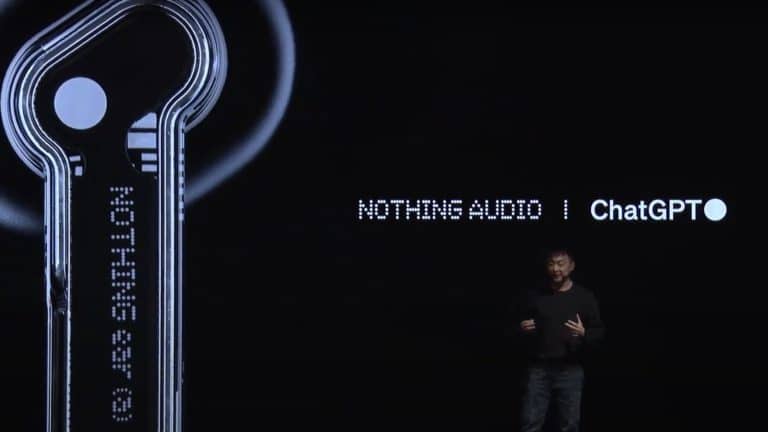|
Listen to this story
|
The self-supervised learning guru and chief AI scientist at Meta AI, Yann LeCun, introduced the ‘cake analogy’, at NIPS 2016. “If intelligence is a cake, the bulk of the cake is unsupervised learning, the icing on the cake is supervised learning, and the cherry on the cake is reinforcement learning.”
However, while delivering a talk about SSL at NeurIPS 2022 in the context of achieving AGI, LeCun suggested abandoning the four most popular things at the momentum machine learning, including generative models, probabilistic models, contrastive methods, and reinforcement learning, Mofijul Islam pointed out on Twitter.
To this, LeCun replied saying that he is not entirely unfamiliar with making statements that go against the common wisdom of the day.
Meanwhile, several Twitter users and AI experts also joined in to express their views about it. Kyle Cranmer, physicist and professor at NYU, said that though he is a fan of generative models and probabilistics methods, he agrees with LeCun about the need of world models for reinforcement learning. Other people too proposed the idea of having a model for reinforcement learning and that a lot of research is now focused on just creating generative models.
Cranmer added that LeCun makes statements that he thinks do not need explanation and though he agrees with him largely, he is willing to discuss the things that he is at odds with. LeCun agrees that just by looking at one slide from the presentation, people are making assumptions and drawing conclusions.
I’ve seen this slide and the surrounding twitter discussions / debates. I’ve had enough conversations with @ylecun that I think I know where he is coming from and what he means, and I also understand the reactions based on what is written. I feel compelled to help bridge the gap https://t.co/HekE4zUg9c
— Kyle Cranmer (@KyleCranmer) December 4, 2022
November shines bright for generative AI
November 2022 was a great month for AI. Apart from NeurIPS, OpenAI released ChatGPT, an excellent chatbot that is touted to be a ‘Google Killer’. Stability AI announced the release of Stable Diffusion 2.0. Mind-vis, a mental image reading algorithm was released. Meta AI also released two new models – CICERO; the first model to achieve human level competence in ‘Diplomacy, and Galactica; trained on 120 billion parameters, focusing on scientific papers to aid academic research.
According to the research paper of Galactica, the model outperformed GPT-3 in technical knowledge probes of LaTeX equations. Many researchers and AI enthusiasts were excited to try it out for its generative capabilities. But it did not take long for the community to figure out that a lot of predictions and outcomes that were produced were inaccurate and hallucinating. This eventually led to Meta AI pulling the plug on the demo.
Galactica demo is off line for now.
— Yann LeCun (@ylecun) November 17, 2022
It's no longer possible to have some fun by casually misusing it.
Happy? https://t.co/K56r2LpvFD
CICERO, on the other hand, the paper clearly states, integrates a language model using reinforcement learning algorithms and using human intervention and conversations to generate diplomacy. Maybe from the fall of this model, LeCun inferred that generative and predictive models might not achieve the goal that he had in mind – AGI.
Read: Meet the Meta AI Researcher Who Helped Build CICERO
OpenAI’s ChatGPT has been gaining significant popularity since its release last week with people experimenting with it and touting it to be a glimpse of GPT-4. This clearly highlights the importance of generative models. The rise of image generation models like Stable Diffusion or DALL-E also add points to the same.
Russ Salakhutdinov, UPMC professor of CS at Carnegie Mellon University and former director of AI research at Apple, praised the Galactica paper but also pointed out that LeCun was earlier promoting the generative and probabilistic methods and capabilities of Galactica, but now after its downfall, says that these methods should be replaced with joint-embedding architectures.
To LeCun’s credit, he replied saying that during the talk at the conference he explained that people interested in applications of generative and predictive models can clearly use them, but his recommendations are for researchers pursuing the path towards imparting common sense and reasoning capabilities in AI. He recommends VICreg, a Meta AI developed algorithm for variance-invariance-covariance regularisation for SSL, to replace contrastive methods.
As I said in the talk
— Yann LeCun (@ylecun) December 4, 2022
– if you are interested in applications of generative models in the short term, by all means use LLMs, diffusion models, etc.
– if you are interested in making AI advance towards common sense & planning/reasoning capabilities, follow these recommendations.
Yann LeCun has been on the headline several times, not just for amazing innovations, but also for various controversies. In May, the very popular debate about ‘AI hitting the wall’ surfaced when Gary Marcus tweeted a video of Tesla hitting an aeroplane. Similarly in July, LeCun’s paper – A Path Towards Autonomous Machine Intelligence — was facing controversy when Jurgen Schmidhuber claimed that LeCun’s ‘original contributions’ actually felt to him like deja vu of his work.



















































































